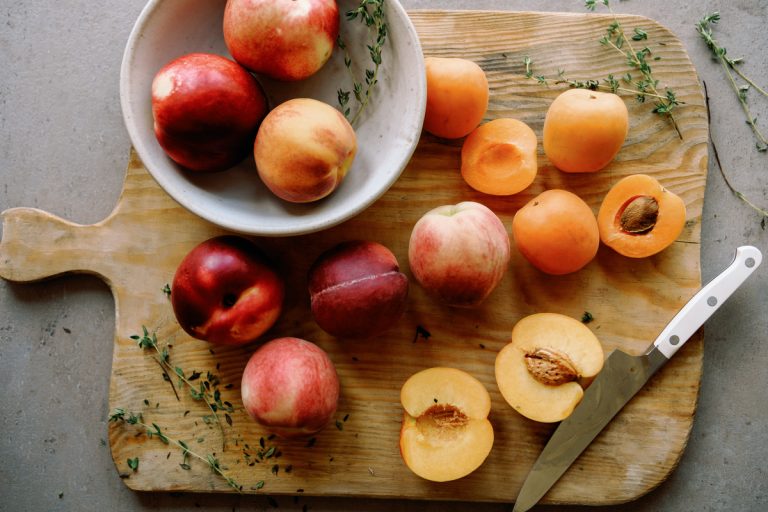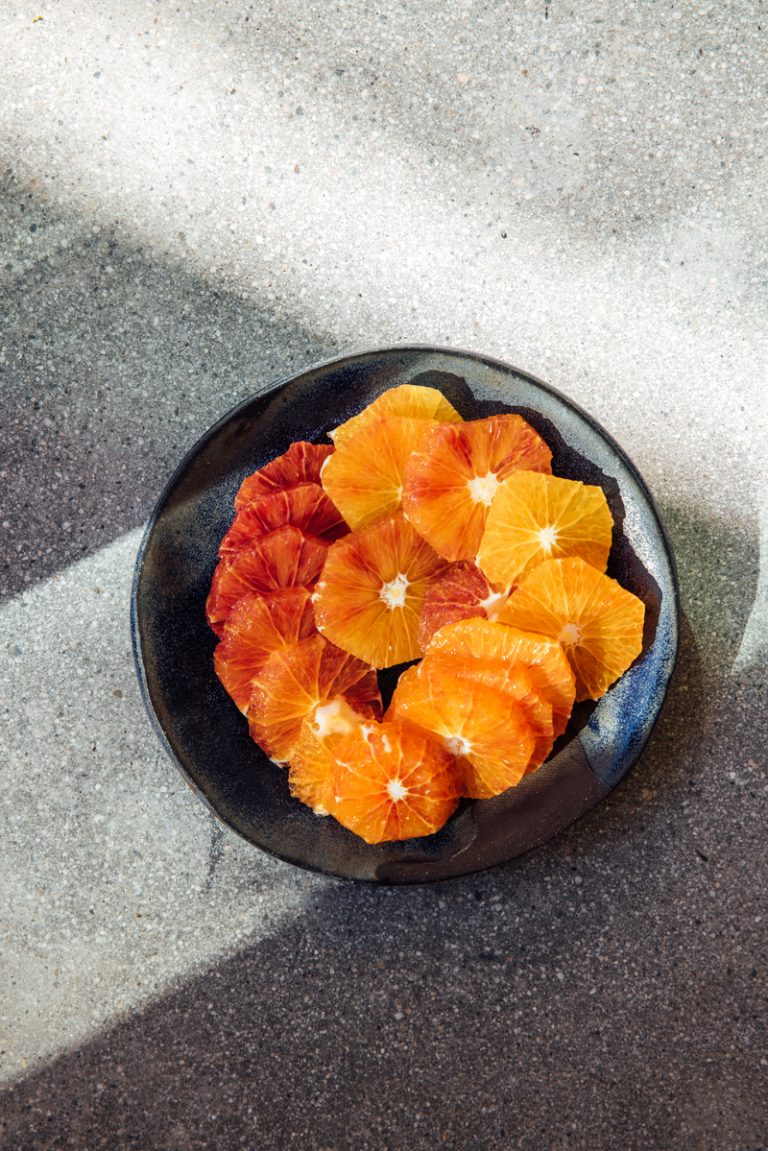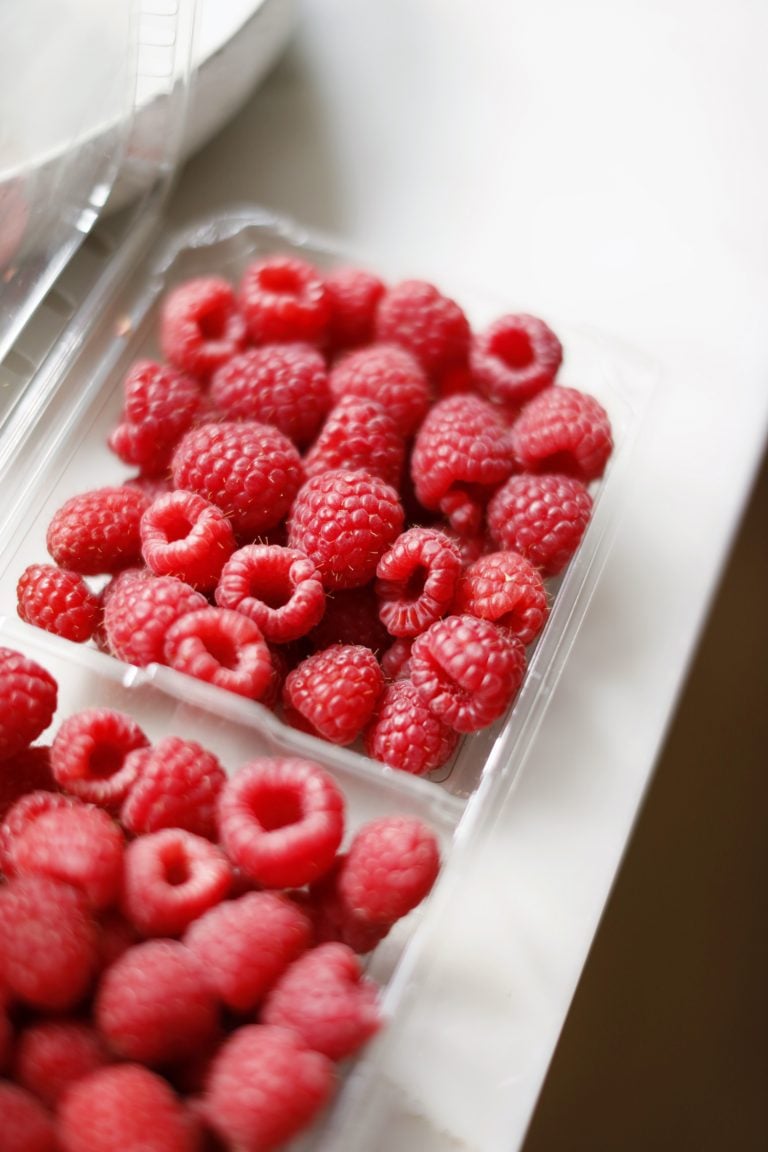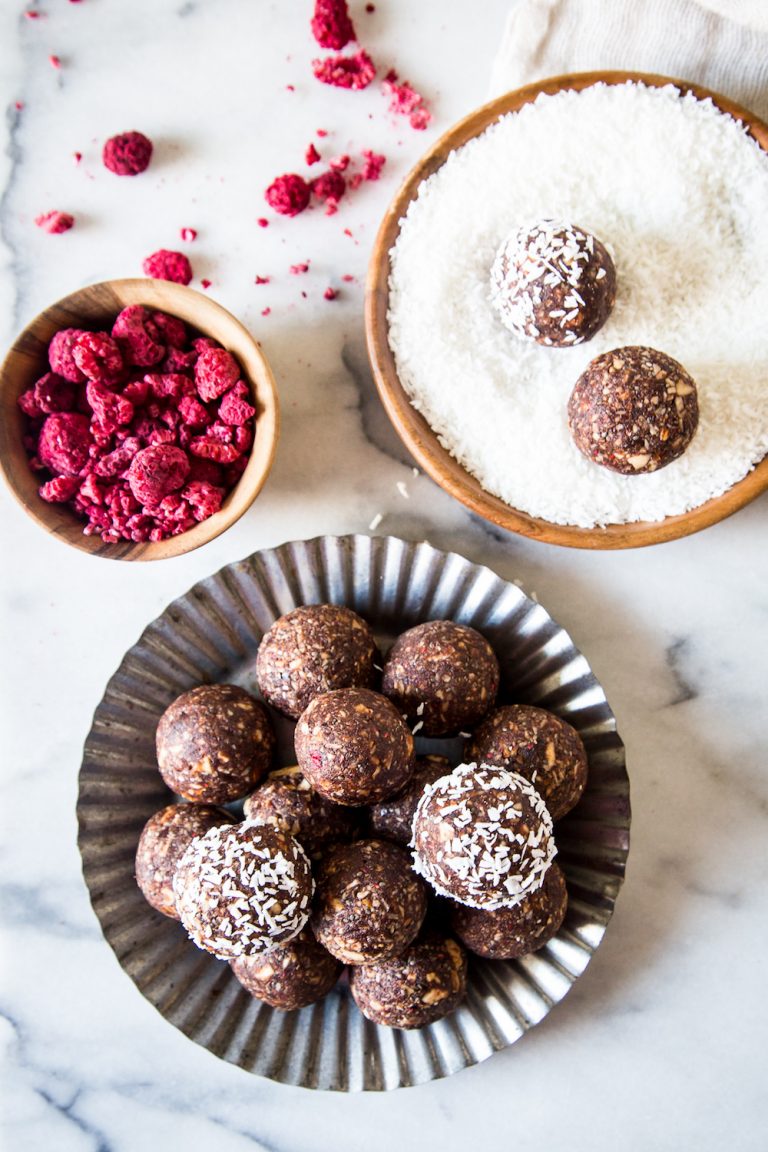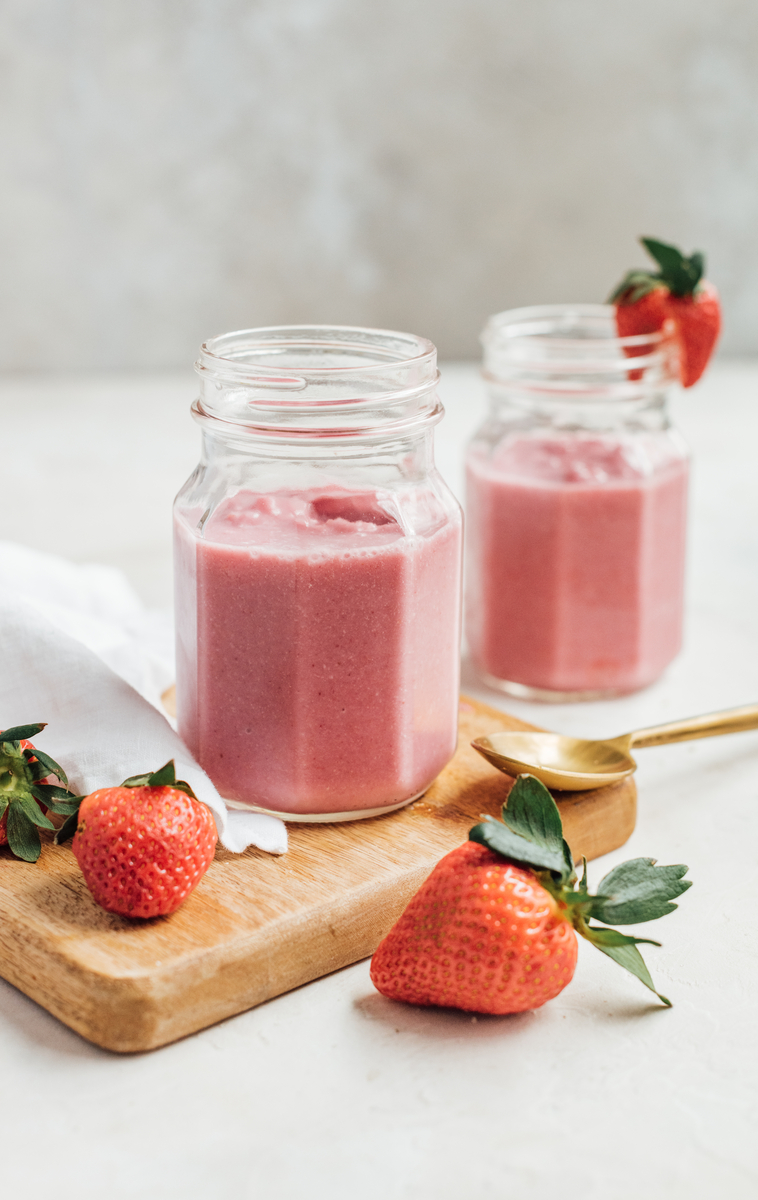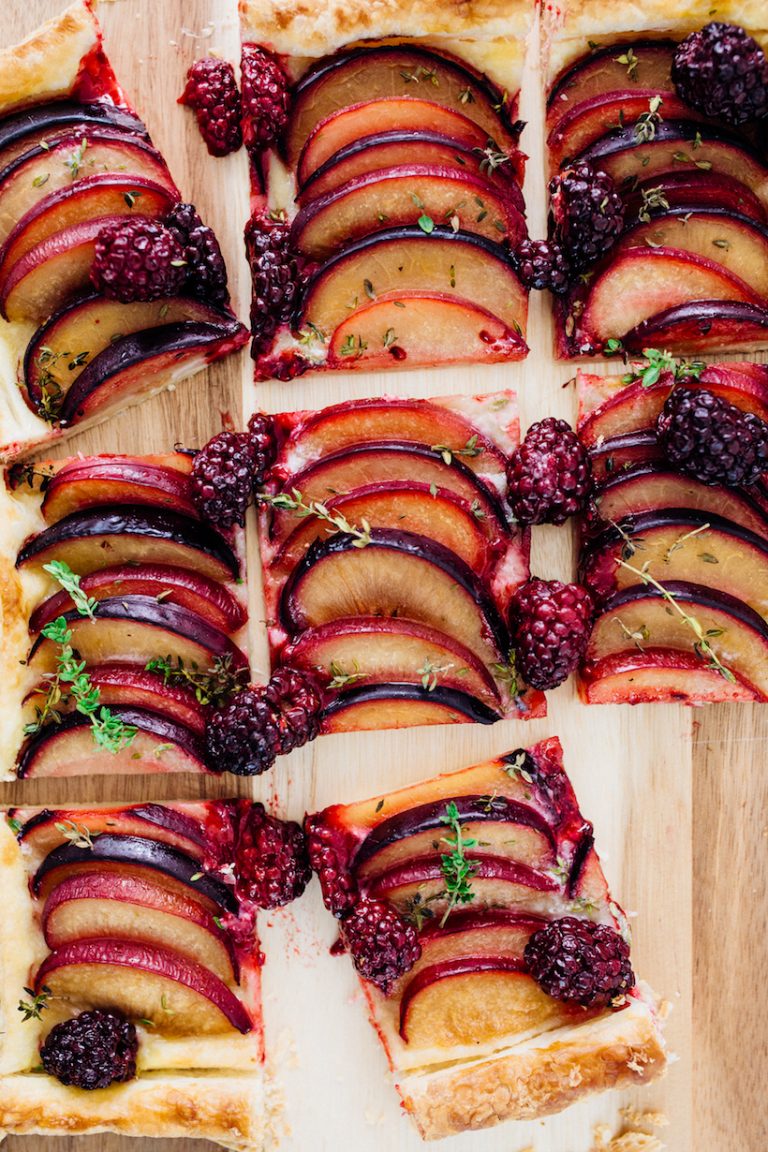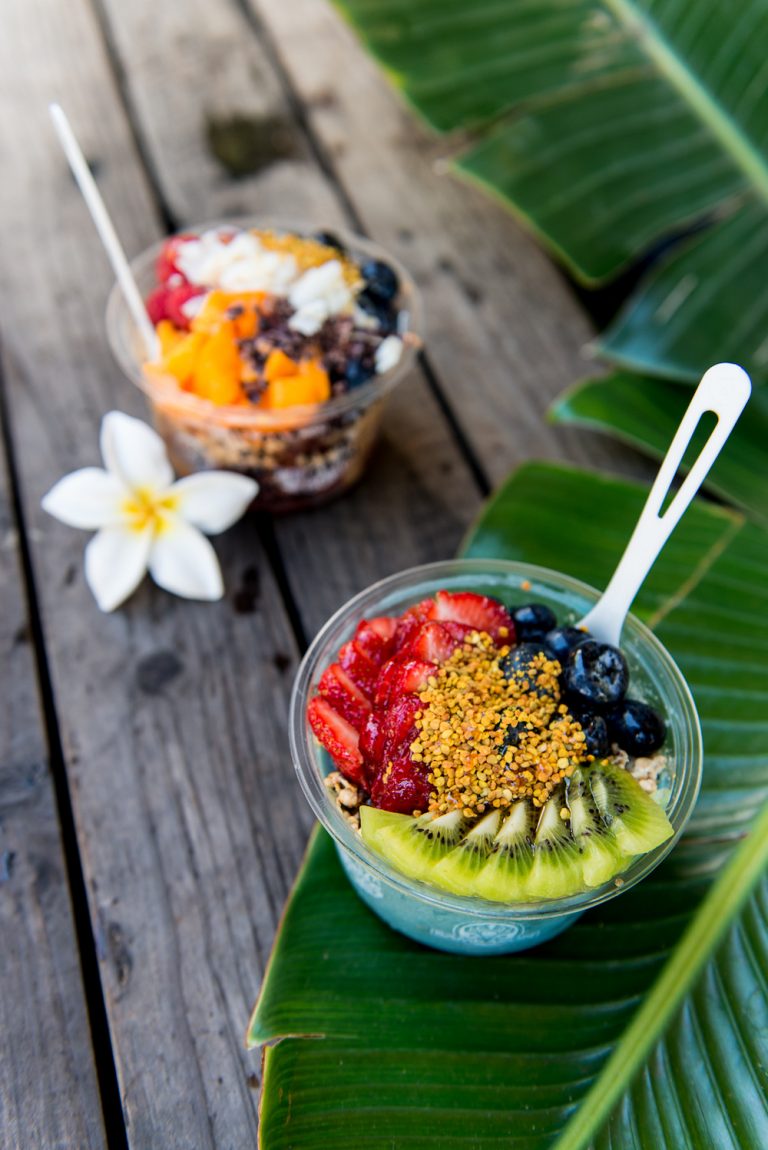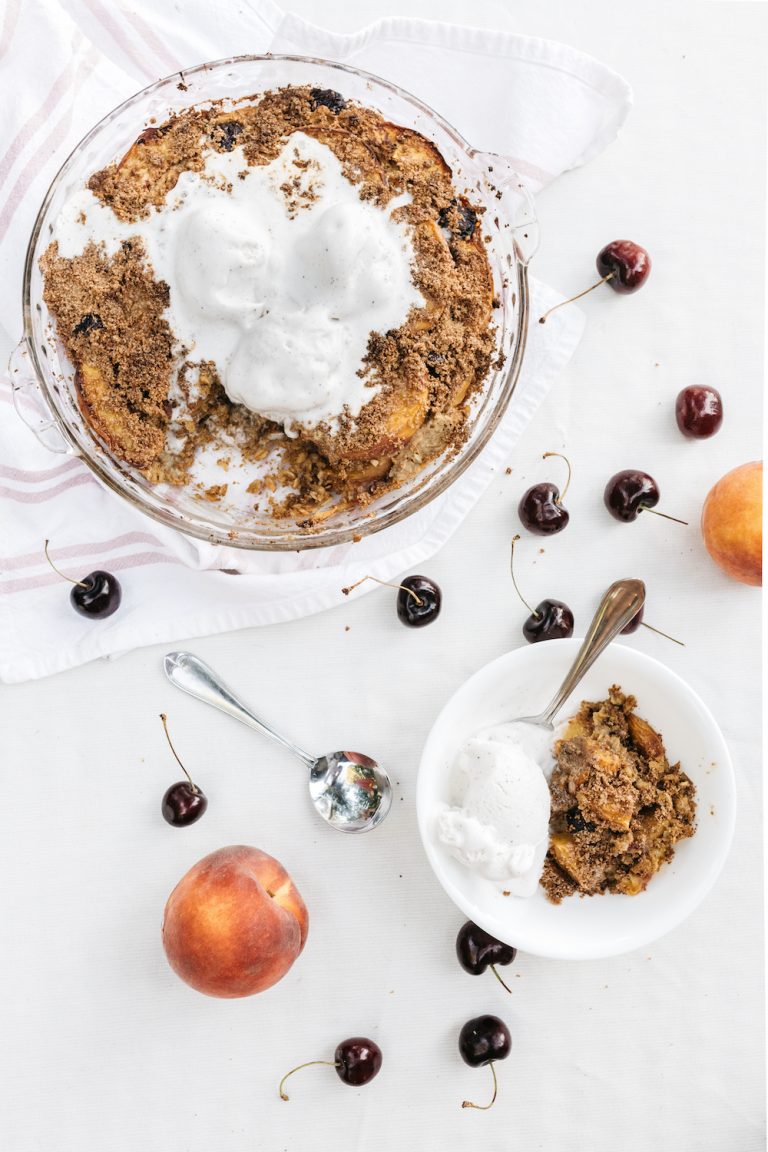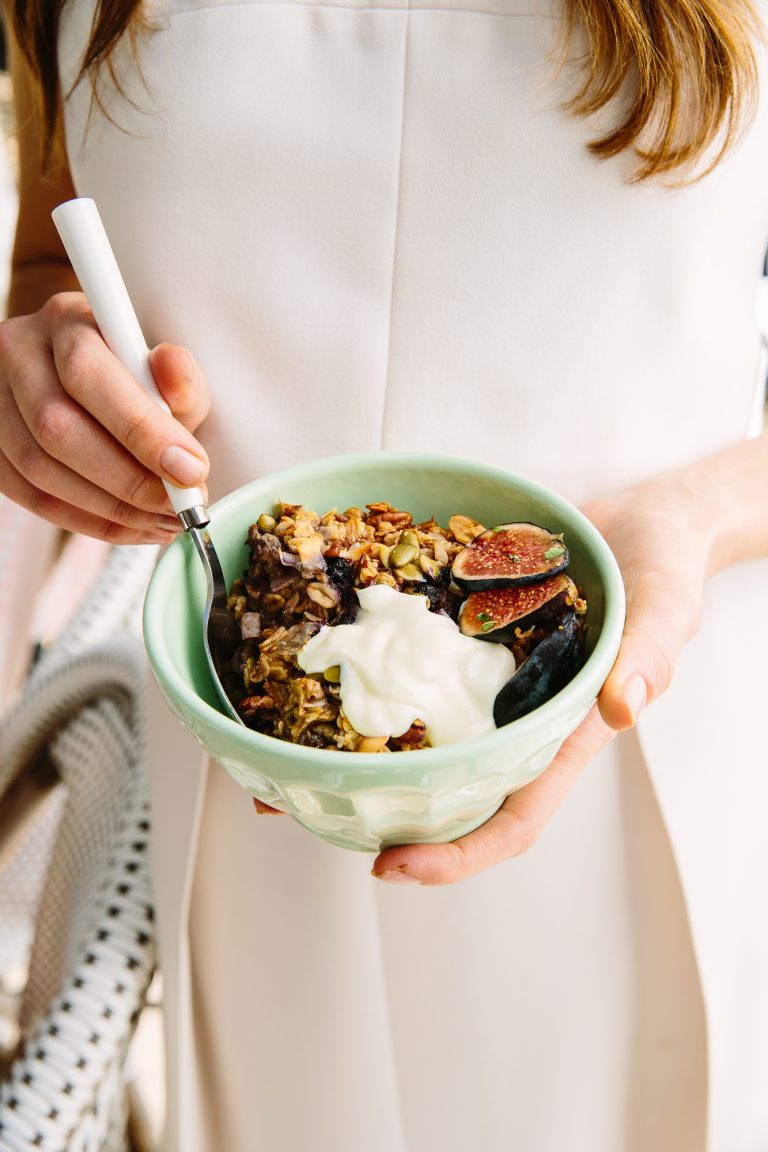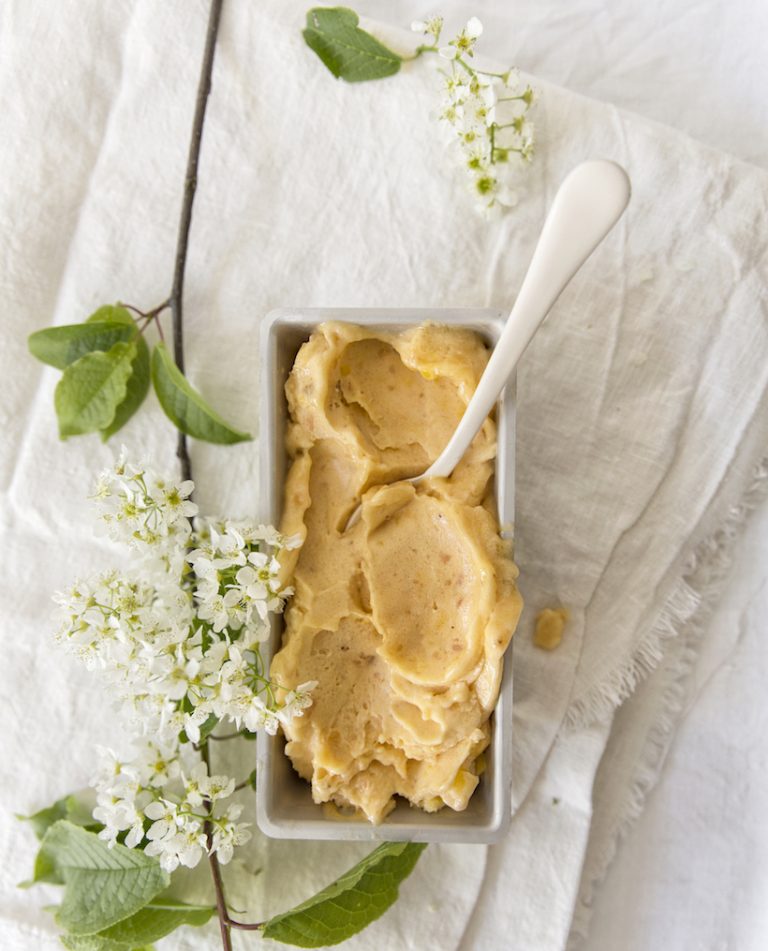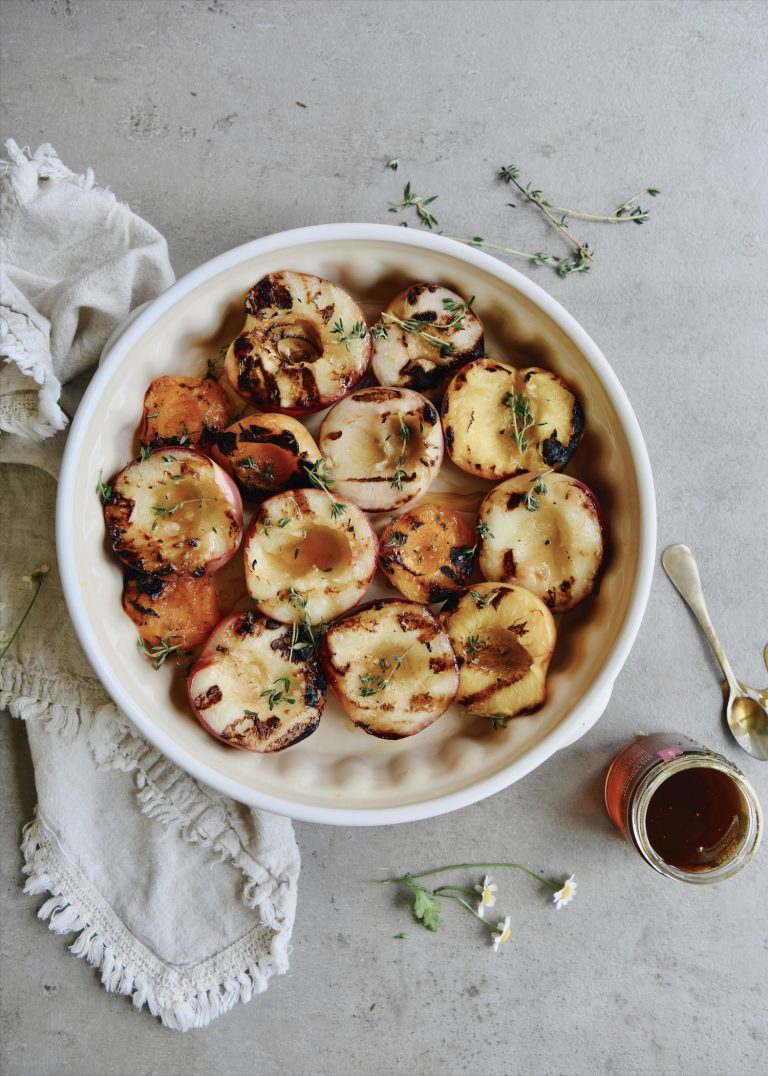Is there anything better than diving into a colorful fruit plate on a tropical vacation? Or sinking your teeth into summer’s sweet, juicy peaches? It’s no surprise that apples, oranges, and bananas rank at the top of the list for America’s most-consumed fruits. They’re delicious. But the thing is, fruit—like carbs, in general—can spike blood sugar. While that doesn’t mean you should strip them from your diet altogether, it’s helpful to understand how the body metabolizes fruit and the best fruits that lower blood sugar.
Rest assured: When you’re looking for an energizing snack to keep your blood sugar within a healthy range, look no further than your kitchen’s fruit basket—or the produce drawer in your fridge. Our favorite snack-worthy fruits are good for balancing blood sugar (especially when paired with a spoonful of nut butter or a bowl of tart Greek yogurt!).
Featured image by Michelle Nash.

Subscribe
Sleep well.
Sign up to receive a FREE E-BOOK with 12 steps to your best sleep ever.
Thanks for Signing Up!
Oops!
Looks like you’re already signed up or your email address is invalid.
Oops!
Looks like you unsubscribed before click here to resubscribe.
Is fruit healthy?
Reading that, some of you might be thinking, of course fruit is healthy! But others might look at a banana and only see what diet culture sees: sugar and carbs. Fearing fruit is just another example of how diet messaging impacts our ability to make perfectly nutritious and wholesome choices for our bodies. The truth is, fruit is healthy—no matter how diet culture tries to spin it. Mother Nature knows what she’s doing.
When we strip away all the convoluted messages, confusing studies, and set aside our tendencies to overanalyze everything, we realize that what comes from our natural world is here to help, sustain, and satiate us. That includes juicy grapes, ripe watermelon, and sweet peaches! Ultimately, it’s other kinds of sugar, like refined cane sugar and artificial sweeteners that can cause inflammation and other chronic diseases. And while not all sugar is created equal, the goal is not to restrict or feel deprived. After all, life’s too short not to enjoy your favorite treats.
Natural Sugars in Fruit: Good or Bad for Your Health?
Point blank: Natural fruits are associated with good health. However, as we begin to understand blood sugar and its impact on our bodies, it’s important to recognize how fruit is metabolized. When we eat fruit, we are consuming a wide variety of nutrients, including fiber, antioxidants, and carbohydrates. We’re also consuming natural sugars.
Types of Sugar in Fruit
Fruit contains two types of sugar: Fructose and glucose. The proportions of each vary, but most fruits are about half glucose and half fructose. Most fruits have 5-6 grams of fructose (some only have 3-4 grams), which is a small amount. In excess, fructose can be toxic to the liver, but I’m talking about large, substantial quantities of fructose. When you eat 3-6 grams of fructose at a time, the intestines will actually neutralize it and the fructose never makes its way to the liver. To put that into context, one medium orange has roughly six grams of fructose.
Fruit and Fatty Liver Disease
Somewhere along the way, maybe you read that fructose in fruit causes everything from weight gain to fatty liver disease. When you’re sucked into the chronic dieting vortex, a food as nourishing as a vitamin C-packed apples can be overshadowed by its sugar content. While studies suggest that high fructose intake may increase the risk of non-alcoholic fatty liver disease, consider which type of fructose is being tested: Naturally-occurring fructose vs. processed fructose.
When it comes to weight gain, diabetes, and fatty liver disease, the bigger culprits are high-fructose corn syrup (HFCS, a sweetener made from corn starch) and table sugar. Fruit isn’t the enemy. It’s only when fruit is consumed in large quantities—without anything to slow blood sugar (like protein and healthy fats)—that the liver receives a cascade of fructose.
How the Body Metabolizes Fruit
Again, it’s when we consume a lot of fruit together that fructose gets to the liver. Experts agree that if you’re eating 1-2 fruits at a time (about the size of a tennis ball), your liver will get very little—if any—fructose. In essence, the fructose gets partially blocked by the intestines.
Another component that changes the way we metabolize fruit? Fiber. The fiber in fruit slows the sugar’s absorption. It helps keep hunger at bay and can support hormone balance. Unlike sodas, often with at least 25 grams of fructose, natural fruit contains fiber to keep blood sugar in check. Furthermore, fruit’s vitamin C content can also help neutralize the effects of fructose. Flavanols can help counter it, too.
Is dried fruit nutritious?
Who doesn’t love a cup of trail mix, filled with chocolate, nuts, and dried fruit? Despite its energizing qualities, dried fruit is rich in fructose and has lost many of its beneficial nutrients in the drying process. Plus, most dried fruits, like cranberries, have added sugar. If you manage to find dried fruits that don’t contain added sugar, they can still drastically spike your blood sugar.
When they’re dehydrated, dried fruits contain just as much sugar as the whole fruit, but in fewer bites. For example, while a whole apricot has 3-5 grams of sugar, only two tablespoons of dried apricots have the same amount. When possible, pair a small handful of dried fruit with a source of fat (nuts) or protein (string cheese, a hard boiled egg, etc.).
Do smoothies spike blood sugar?
Depends on the ingredients! Keep in mind that while smoothies are inherently healthy, a fruit-only smoothie can cause a spike in blood sugar. Even if a smoothie is overflowing with healthy foods, it can cause blood sugar levels to spike if the main ingredients are carbohydrates. Instead, opt for a protein-packed and fiber-rich smoothie, like this. Same goes for fruit juices. When you take multiple fruits, blend them to create juice, then remove the fiber, you can get a large dose of fructose. When creating a blood sugar-friendly juice, opt for low-sugar fruits and plenty of greens.
What fruits can you eat on a ketogenic diet?
If you’re currently trying a ketogenic diet, you’re well-aware of which starchy carbs and fruit can cause a spike in glucose. When it comes to maintaining ketosis, you want to be mindful of which fruits you’re choosing. On a keto diet, most people can enjoy berries, cherries, plums, and kiwis on a regular basis. For example, ½ cup of raspberries contains three grams of carbs, ½ cup of blackberries contains four grams of carbs, and 8-10 strawberries contain six grams of carbs.
10 Fruits That Lower Blood Sugar
Speaking of keto-friendly fruits, the fruits that lower blood sugar are many of the same. These fruits are relatively higher in fiber and are universally known as diabetic-friendly fruits. Below is a list of the top 10 fruits to consume when trying to lower blood sugar.
Raspberries
Half a cup of raspberries (60 grams) contains approximately three grams of carbs. Raspberries have a mineral called manganese, which is necessary for healthy bones and skin. It also helps regulate blood sugar.
Recipe: Raspberry Cocoa Energy Balls
Blackberries
Half a cup of blackberries (70 grams) contains approximately four grams of carbs. As with all berries, blackberries deliver a variety of health benefits: antioxidants, vitamins, and minerals. They’re anti-inflammatory and have anti-microbial properties.
Recipe: Market Green Salad with Fennel, Herbs, & Blackberries
Strawberries
Eight medium-sized strawberries (100 grams) contains approximately six grams of carbs. Strawberries are known to increase HDL (good) cholesterol, lower blood pressure, and guard against cancer. Packed with vitamins, fiber, and particularly high levels of antioxidants known as polyphenols, strawberries are a sodium-free, fat-free, cholesterol-free, and low-calorie food.
Recipe: Strawberry and Cream Smoothie
Plums
One medium-sized plum (65 grams) contains approximately seven grams of carbs. Plums are packed with nutrients to lower inflammation, aid with constipation, reduce blood sugar, and more.
Recipe: Plum, Ginger, and Thyme Tart
Kiwis
One medium-sized kiwi (70 grams) contains approximately eight grams of carbs. Kiwis are high in vitamin C and dietary fiber. This tart fruit can support heart health, digestive health, and immunity.
Recipe: Hale’iwa Smoothie Bowls
Cherries
Half a cup of cherries (75 grams) contains approximately eight grams of carbs. Cherries are low in calories and chock full of fiber, vitamins, minerals, nutrients, and other good-for-you ingredients, like choline and antioxidants. You’ll get vitamins C, A, and K with each long-stemmed fruit.
Recipe: Summer Stone Fruit Crisp with Cinnamon Crumble
Blueberries
Half a cup of blueberries (75 grams) contains approximately nine grams of carbs. Along with other notable health benefits, blueberries are rich in vitamin K, which plays an important role in promoting heart health and bone health. They’re also a delicious fruit to help balance blood sugar.
Recipe: Coconut, Banana & Blueberry Baked Oatmeal
Clementines
One medium-sized clementine (75 grams) contains approximately nine grams of carbs. Clementines are rich in antioxidants like vitamin C, which can help improve your skin’s health and appearance. They can also help boost your immune system.
Recipe: Work Day Breakfast Board
Cantaloupe
One cup cantaloupe (160 grams) contains approximately 11 grams of carbs. Very hydrating, cantaloupe is low in carbohydrates, filled with electrolytes, and has anti-inflammatory properties.
Recipe: Mango-Melon Sorbet
Peaches
One medium-sized peach (150 grams) contains 13 grams of carbs. A member of the stone fruit family, peaches are great for digestion, can boost your immune system, and are rich in beta-carotene and vitamin C to support healthy skin.
Recipe: Grilled Peaches with Honey
This post was originally published on February 23, 2022, and has since been updated.















































